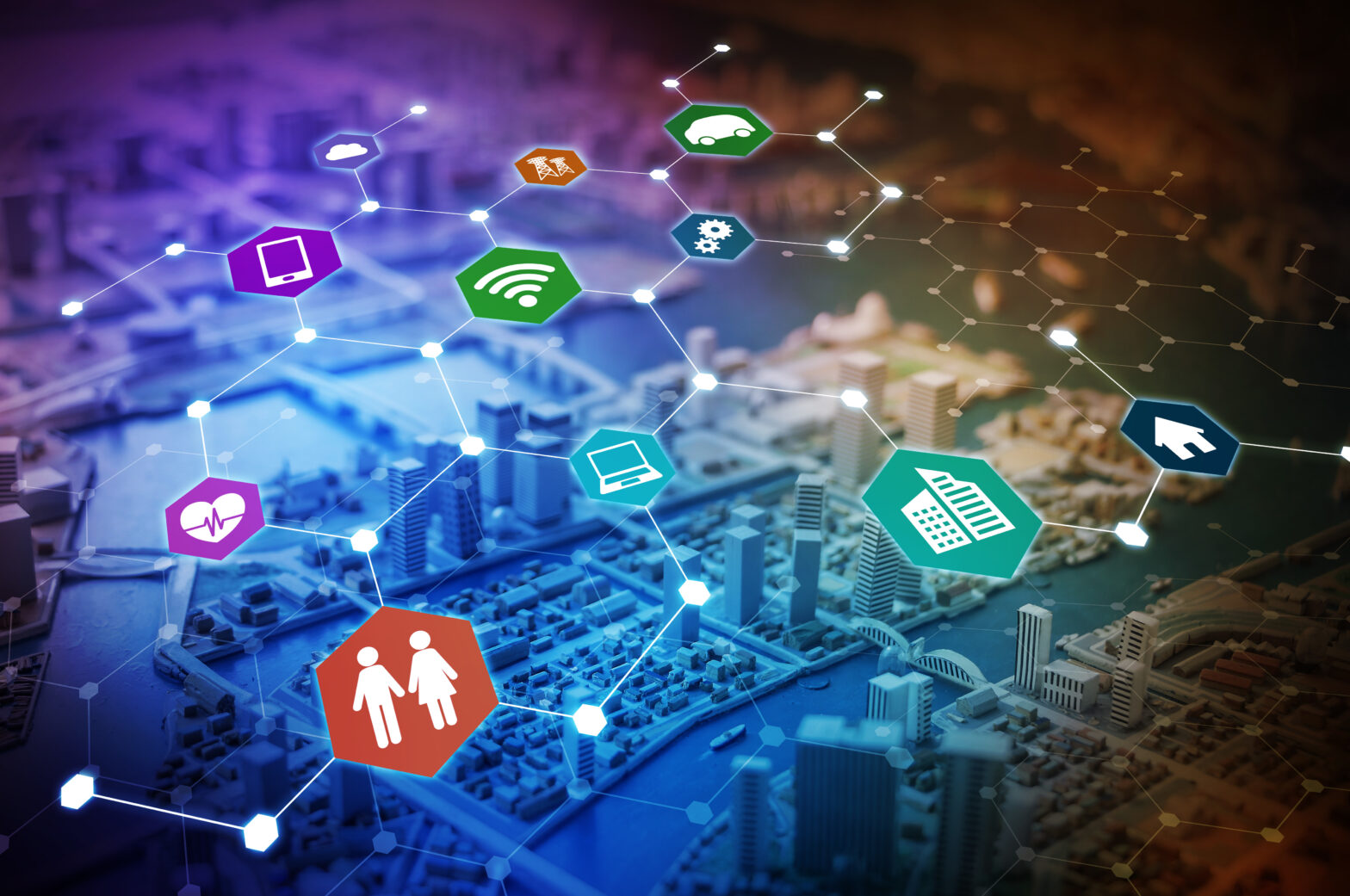The maturity of IoT technology is seen in internet-connected devices such as laptops, mobile phones, smart watches, Wi-Fi-connected cameras and printers. It is also applied in industry, for example through CCTV surveillance, area monitoring and process control.
In 2018 there are several IoT developments to look out for, such as networked device design, embedded artificial intelligence algorithm design and IoT malicious pattern recognition.
However, many of these are still open to problems, so there will be four key areas of focus on IoT:
Hardware Design
Let’s first consider IoT in the context of where society has come from and where it is going. In the past, the issue with internet-connected devices has been hardware design.
At first laptops were connected to the internet by using Wi-Fi but we cannot use Wi-Fi everywhere due to a lack of infrastructure – they are also not convenient to be carried and used.
The user experience of mobile phones connecting to the internet was generally very bad until the iPhone was released by Apple in 2007. Right now, iPhones and Android phones are very common, and people can generally access the internet.
Meanwhile, internet-connected wearable devices such as smart watches and wearable bands have been designed which have numerous applications, including helping monitor carriers’ health.
Recently, smart appliances have become off-the-shelf and smart appliances rapidly being seen as an essential part of a smart home.
For example, a smart TV is the most common. People can watch online videos and surf the internet directly from it. Over the next 12 months more smart appliances will come to people’s homes, in the form of smart refrigerators, smart ovens, smart laundry and smart heaters.
Problems with compatibility
At the very beginning, laptops and mobile phones used 2G/3G. Right now, Wi-Fi and 4G are most commonly used, with the emerging 5G network set to enhance the IoT further.
5G and IoT – how to deal with data expansion as you scale
When wearable devices connect mobile phones, bluetooth is the best option due to its energy efficiency. However, these technologies cannot be expanded due to some application scenarios. For example, smart cities use qualities of sensors to collect data and send them back to a server. Wi-Fi is usually not available for these sensors. Typically the distance between sensors and the server is very long so bluetooth cannot be used in the application neither.
Some technologies for low power and long range communication have been developed for this aim, called Low-Power Wide-Area Network (LPWAN). LoRa is one popular radio modulation technology for this which motivates many applications, such as smart remote meters, but there is still much development to be done.
LoRa’s modulation, CSS, differs from other LPWAN technologies, such as SigFox (BPSK), and NB-IoT (QPSK).
AI integration
IoT devices traditionally act as sensors to collect data or controller. When artificial intelligence is applied on them, they can become more and more intelligent. Since IoT devices do not have sufficient computational power to process their collected data, they send them back to the server. However, at this time it costs too much energy for communication and the internet is not always available for IoT devices.
Innovation in mining with IoT and AI monitoring technology
Recently, academics and industry have begun to apply machine algorithms on-board instead of ‘on the cloud’. Face ID in iPhone X is a good example of this. It is actually not easy to run those artificial intelligence algorithms directly on mobile phones because these algorithms are designed for servers or computers, not for IoT devices. Therefore, optimisation for resource-constrained IoT devices needs to be considered. As such, more intelligent IoT applications will become available.
A recent study found that 92% of business leaders had their expectations of AI implementation into IoT exceeded when using it within business practices, while use of IoT for planning decisions increased by 19% when AI entered the scenario.
IoT security
Another task for engineers is to secure IoT devices. IoT devices are vulnerable to cyber attacks due to their constrained computational resources. Different from PCs, we cannot install any antivirus software on them and the sophisticated methods are neither not efficient. In order to secure IoT devices, alternative security methods need to be carefully designed. Moreover, IoT devices also collect sensitive data.
Cyber security for IoT and edge computing
Over the next 12 months more IoT-related technologies will become mature and applied in people’s daily lives to improve quality of life, but progress will need to be made in these four technological areas.











